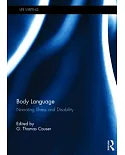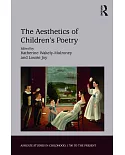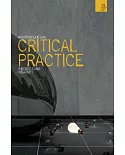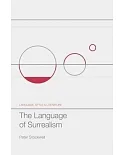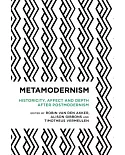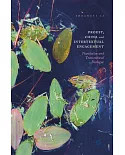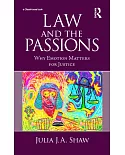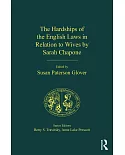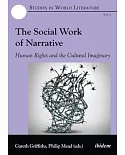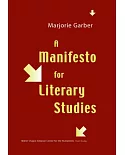In Queer Others in Victorian Gothic, Ardel Haefele-Thomas examines a number of nineteenth- and twentieth-century Gothic novels, short stories, and films through the lens of queer
cultural studies. In some of these works, as Haefele-Thomas demonstrates, the author or filmmaker fully intended to explore the complicated landscape of queer sexuality and gender
identity.�In most, however, the author or filmmaker's intentions are unclear.
�
Haefele-Thomas takes on these works, first employing ��ueer��in its nineteenth-century historical context, to point to their generally weird, odd, or ill components. She then explores them
using ��ueer��in the complex and politically charged context from the late twentieth and early twenty-first centuries.�Haefele-Thomas argues that part of what makes these texts Gothic are
their covert queer content. She also reveals that queer theory��acking the gender specificity found in gay and lesbian theories and historiographies��llows room to convey gender, sexuality,
race, class, and familial structures in a specific state of anti-categorization.�Queers Others in Victorian Gothic will appeal to anyone interested in the intersection of gender,
sexuality, and literary criticism.
�



